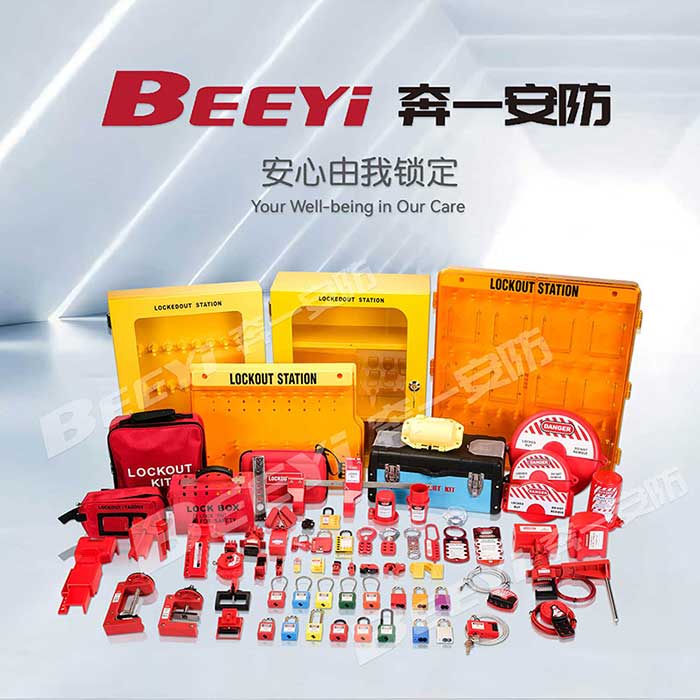In industrial environments, safety is paramount, and the use of safety devices is crucial to prevent accidents and protect workers. One of the essential components of workplace safety is the valve lockout device, which plays a vital role in ensuring the secure isolation of hazardous energy sources. These devices are primarily used in the Lockout/Tagout (LOTO) process, a safety protocol designed to prevent accidental equipment startups during maintenance or repair tasks. This article explores the significance, types, and usage of valve lockout devices and their contribution to workplace safety.

What is a Valve Lockout Device? A valve lockout device is a safety mechanism designed to lock valves in a closed position, preventing them from being inadvertently opened during maintenance or repair work. It is part of a broader safety system known as Lockout/Tagout (LOTO), which involves locking out energy sources such as electrical, hydraulic, pneumatic, or chemical systems to ensure the safety of maintenance workers. The primary function of a valve lockout device is to isolate the valve, making it impossible to operate or tamper with it until the lock is removed by an authorized person.